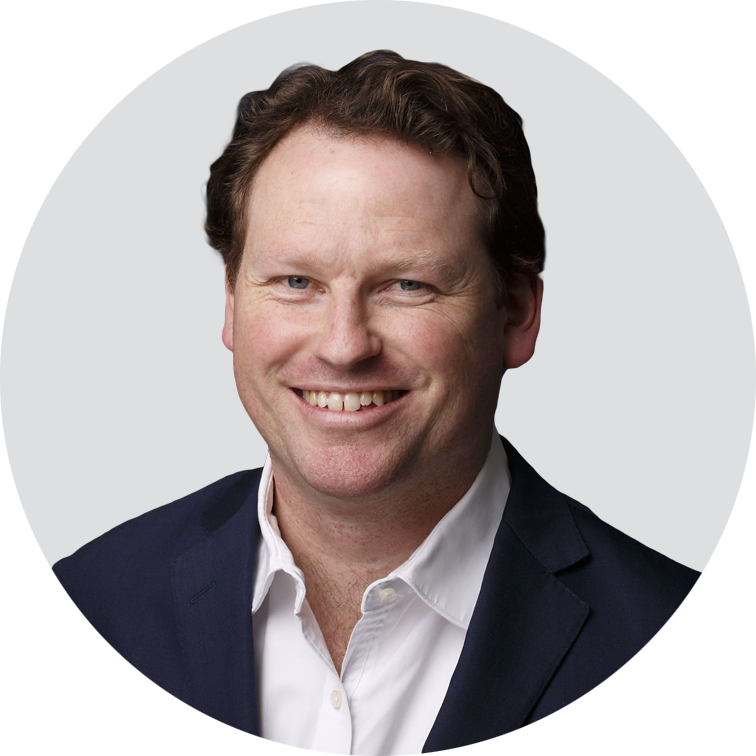When do you rebalance?
As our stock market dances around all-time highs, we’re running a 1% cash rate here in Australia. New Zealand and Europe are cutting rates, and the US looks like it will cut rates for the first time since the GFC. Despite the lofty returns, the global economy and corporate world are clearly facing headwinds.
If you saw InvestSMART CEO Ron Hodge’s presentation last time we went around the country, you would know we do not advocate market timing. What we do advocate is rebalancing your portfolio when necessary. When was the last time you took stock?
Get a bird’s eye view
Know what your holding in your portfolio. Make use of the InvestSMART Portfolio Manager. It’s free to use and you can enter term deposits, property, managed funds, shares and your liabilities.
The Portfolio Manager will automatically categorise your holdings into five core asset classes: Australian equities, international equities, property and infrastructure, cash and fixed interest.
If you hold a managed fund that holds cash, Australian shares and international shares, the Portfolio Manager goes above and beyond to look through and break down the percentage of each asset class.
Align your portfolio with a goal and risk profile
You need something to measure yourself against. Whether you have thought about it or not, you will have an investment goal or purpose. What’s your goal? What’s your time horizon for reaching it? Your timeframe will determine the right mix of asset classes.
International equities, Australian equities and property fall into the growth category. They are higher risk. Cash and fixed interest are defensive, therefore, lower on the risk spectrum. The longer the timeframe, the more risk you can take, as your portfolio will have time to recover from the unavoidable declines in share markets.
How do you stack up?
The Portfolio Manager will now tell you how your portfolio aligns with the appropriate risk profile as a percentage. The higher your percentage, the healthier you are.
What’s ideal? As a rule of thumb, we say to try to stay above 75-80%. Obviously 100% is ideal but if you try to keep your portfolio at 100% all you will do is pay your broker a lot of money. We’d prefer you kept that cash in your pocket not theirs.
Through the HealthCheck you will be able to see what asset classes you could trim and where you could add.
How often will you have to rebalance?
Not often. Tracking a portfolio aligned to the balanced risk profile over the last 24 years and rebalancing only when the HealthCheck score dropped below 80% saw us rebalance just four times.
Rebalancing is not market timing
At least one person in every seminar asked a question along these lines, “but if you are rebalancing after the market has run up aren’t you just trying to time the market?” A valid question but the answer is no.
We are not rebalancing the portfolio based on what could happen. We are rebalancing because our portfolio has diverted away from the target asset allocation aligned with our investment goal, not based on anticipating what is coming over the horizon.
Consider the time spent entering your portfolio into the Portfolio Manager as a check up with your doctor. You may not have anything to worry about but at least you will know.
Frequently Asked Questions about this Article…
Portfolio rebalancing involves adjusting your investment holdings to maintain your desired asset allocation. It's important because it helps manage risk and ensures your portfolio aligns with your investment goals and risk profile.
You don't need to rebalance often. For example, tracking a balanced risk profile over 24 years showed that rebalancing was only necessary four times when the HealthCheck score dropped below 80%.
No, rebalancing is not market timing. It's about realigning your portfolio to your target asset allocation, not predicting market movements. It's a strategy to keep your investments aligned with your goals.
The InvestSMART Portfolio Manager is a free tool that categorizes your holdings into core asset classes and helps you see how your portfolio aligns with your risk profile. It provides insights on where you might need to trim or add assets.
Growth asset classes include international equities, Australian equities, and property, which are higher risk. Defensive asset classes include cash and fixed interest, which are lower risk.
Aligning your portfolio with your goals and risk profile ensures that your investments are tailored to your financial objectives and risk tolerance, helping you achieve your desired outcomes over your investment timeframe.
A good HealthCheck score is above 75-80%. While 100% is ideal, maintaining a score above 75% indicates a healthy alignment with your risk profile without incurring excessive brokerage fees.
The Portfolio Manager automatically categorizes your holdings into five core asset classes: Australian equities, international equities, property and infrastructure, cash, and fixed interest, providing a clear overview of your portfolio.
















